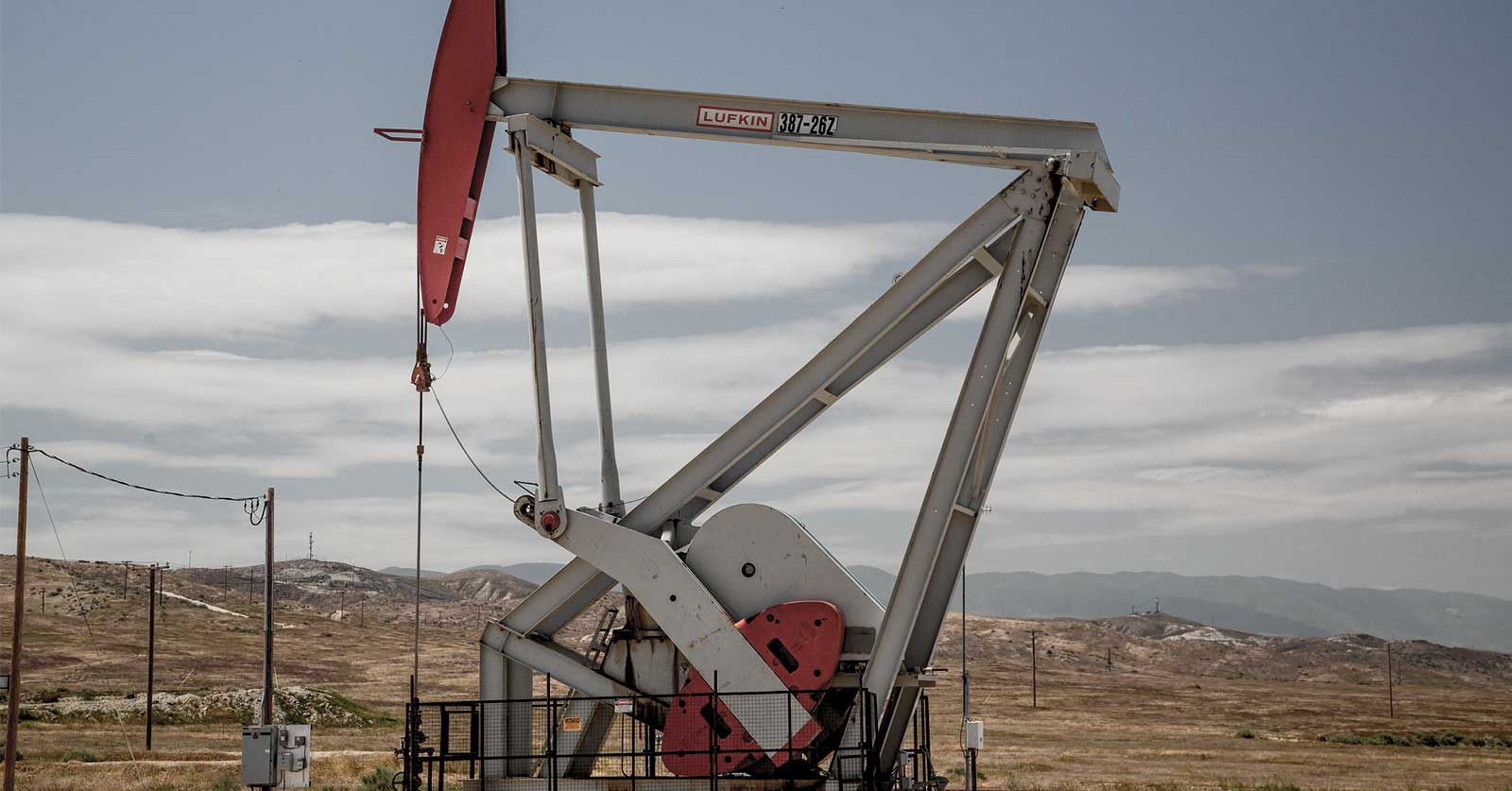In South Carolina, about a 30 minute drive from Augusta, Ga., down Route 125 is the Savannah River Nuclear Site. Savannah River is home to one of the biggest government boondoggles in recent memory: the Mixed Oxide Fuel Fabrication Facility, better known simply as MOX. After spending more than $4 billion, the Department of Energy reportedly thinks it will cost $25 billion more to finish the project, which is now at least three years behind schedule. But worse than the cost-overruns and delays is the prospect of giving terrorists easier access to nuclear bomb-making material. There are few examples of government waste that can boast such an impressive list of liabilities.
After the end of the Cold War, the United States and Russia entered into the “Plutonium Management and Disposition Agreement,” a plan to mutually dispose of at least 34 metric tons of surplus weapons-grade plutonium by converting it into mixed oxide fuel for use in nuclear reactors. The National Nuclear Security Administration within the Department of Energy manages the program located on the Savannah River Site in the form of two massive buildings designed to remove impurities from weapons-grade plutonium and form it into fuel pellets for use in a nuclear reactor.
On the surface, the program seems like a win-win: disposing of nuclear weapons while simultaneously supporting domestic energy production. The problem is that it is, in fact, too good to be true. In reality, the cost of the MOX program is not worth the energy derived. Converting weapons-grade plutonium to usable nuclear fuel requires the construction of a special facility, and once the MOX fuel is produced, and if that construction is successful, the project only succeeds if nuclear facilities buy this fuel.
However, right now there is no demand for MOX fuel – literally, there are zero customers lined up. Any future customer would have to invest significantly in facility updates in order to handle fuel because the actual processing breaks down reactors much more quickly than conventional nuclear fuel. So there is no reason to believe demand will magically appear.
And even leaving aside the absurdity of a business model with no customers, the MOX facility has been plagued by cost overruns and delays. In 2004, the National Nuclear Security Administration estimated construction of the MOX facility would cost $1.6 billion and be complete by 2007. Come 2007, the cost jumped to $5 billion and the start of operations pushed to 2016. In 2013, the administration released a draft estimate of $24.2 billion for all costs to complete the mission to dispose of surplus weapons-grade plutonium. The new start date is closer to 2020.
In February, an internal Department of Energy review of the project reportedly estimated that the ultimate cost would run $25 to $30 billion more than what the department has already spent. The Government Accountability Office also released a report that month chastising the department for not doing a “root cause analysis” of the runaway costs, calling the agency’s figures “minimally credible.” Hanging over all of this is the criticism that the project will make it easier for bad guys to get their hands on weapons grade plutonium as it is being processed at the facility.
Finally, last month the Obama administration put the whole project on “cold standby” in its fiscal year 2015 budget request. In its fiscal year 2014 budget request, the administration hedged, saying, “This current plutonium disposition approach may be unaffordable … due to cost growth and fiscal pressure.” The latest request says that the National Nuclear Security Administration “is evaluating alternative plutonium disposition technologies to MOX that will achieve a safe and secure solution more quickly and cost effectively.”
All of this would seem to spell the end for the ill-fated MOX facility. But, not so fast. The facility is a favorite of South Carolina Sen. Lindsey Graham, who has fought hard to keep it going, even going so far as to put a hold on Energy Secretary Ernie Moniz’s nomination over the MOX site.
We won’t know the future of the program until Congress passes a budget for the next fiscal year, but at least this year we have reason to hope the evidence of this project’s failures will finally lead to its cancellation.










